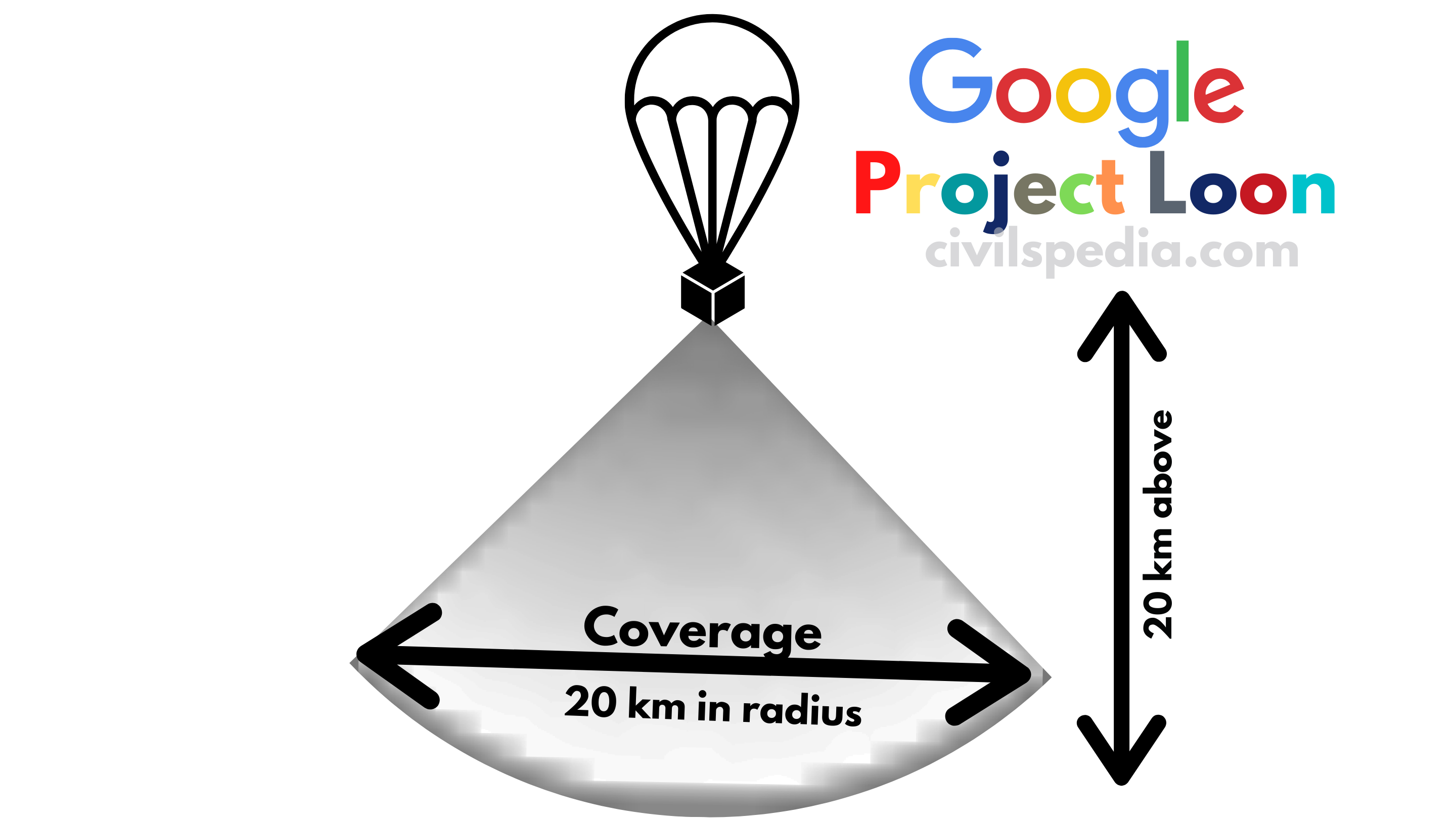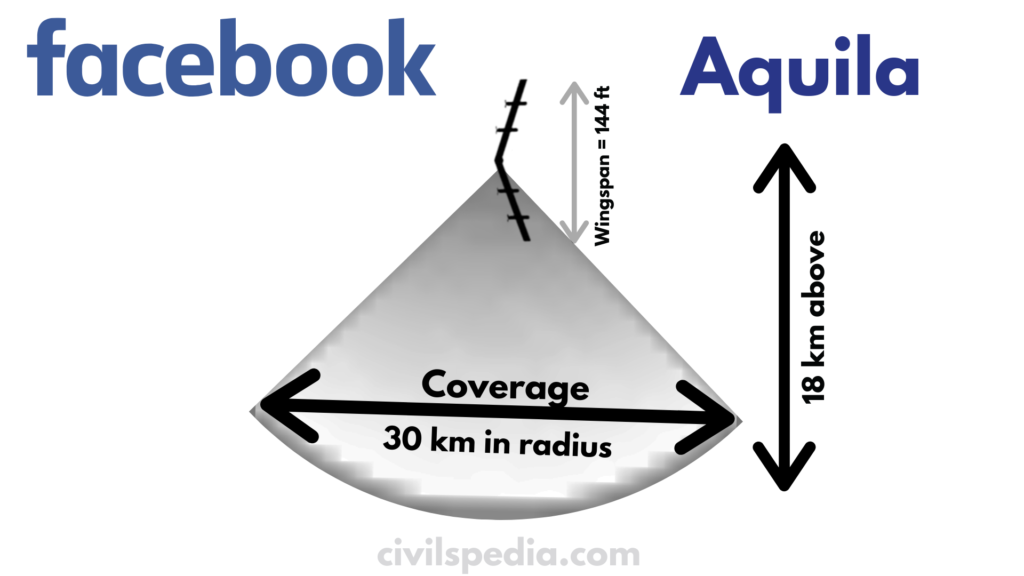Project Loon, Aquila, White Fi and Starlink
This article deals with ‘ Project Loon, Aquila, White Fi and Starlink – UPSC.’ This is part of our series on ‘Science and Technology’ which is an important pillar of the GS-3 syllabus. For the whole syllabus of Science and Technology, you can click here.
White Fi
- It is the initiative of Microsoft.
- Television signals use spectrum raging from 200-600 MHz from the satellites. But 93% of this space remains unutilised, known as White Space. Microsoft wants to use this unused space for delivering internet.

- Microsoft has designed a special router that can provide a range of 10 Km radius with a speed of up to 16mbps.
- The White-Fi project has been already approved in the US, UK, Singapore & Kenya.
- The pilot project was also started in the Srikakulam district in Andhra Pradesh.
Indian Controversy regarding the project – The US software company was seeking free unlicensed spectrum from the government but telecom companies objected to this because according to the Supreme Court’s directives, the spectrum can be allotted only via competitive bidding in a transparent manner.
Project Loon
- Project Loon’ is a “network of balloons travelling approx. 20 km above the surface i.e. on the edge of space designed to connect all the people (including those living in remote areas) with the internet and fill internet connectivity gaps.
- These balloons will travel at the height of 20 km from the Earth’s surface (in the stratosphere) and forming part of interconnected networks.
- Each balloon can provide connectivity to a ground area about 20 km in radius using 4G wireless communication.
- Project Loon will partner with the local telecom companies and share their spectrum.
- These are powered by solar panel and wind.

Facebook Drones/ Aquila
- Today, only 1/3rd of the world population has internet connectivity. Mark Zuckerberg and internet.org aim to provide affordable internet to the remaining 2/3rd of the world population. For this, they have a plan to launch Internet-carrying solar-powered drones flying 18 km above the surface.
- These drones will beam wireless internet using a laser acting as a ‘Wi-Fi router.
- These can provide internet connectivity within a 30 Km radius.

Tesla Tin-Tin satellites and Starlink Network
- Through Tin-Tin satellites, SpaceX plans to have a network of more than 42,000 satellites that will provide internet at 1 Gbps speed on the entire globe. These satellites will be placed in Low Earth Orbit (LEO).
- Service is christened as STARLINK.
- In April 2018, SpaceX launched Tin-Tin 1 & 2 in this pursuit.
- The project is worth $ 10 billion.
- It will be operational by 2024.
- Issues
- It will create a massive amount of Space Junk/ Space-Debris. The number of satellites in Starlink Network is greater than all the satellites presently orbiting the earth.
- Astronomers fear that constellations of space Internet satellites will make it difficult to observe other space objects.

Note: Tin-Tin Satellites will be placed in Low Earth Orbits. Although, Geostationary Orbit situated ~36,000 km above the earth’s surface is used by other communication satellites. But Geostationary Satellites have a latency of 600 milliseconds. A satellite in the lower orbit situated 400-900 km above the earth’s surface has a lag of (just) 20-30 milliseconds, the same as that of terrestrial systems
